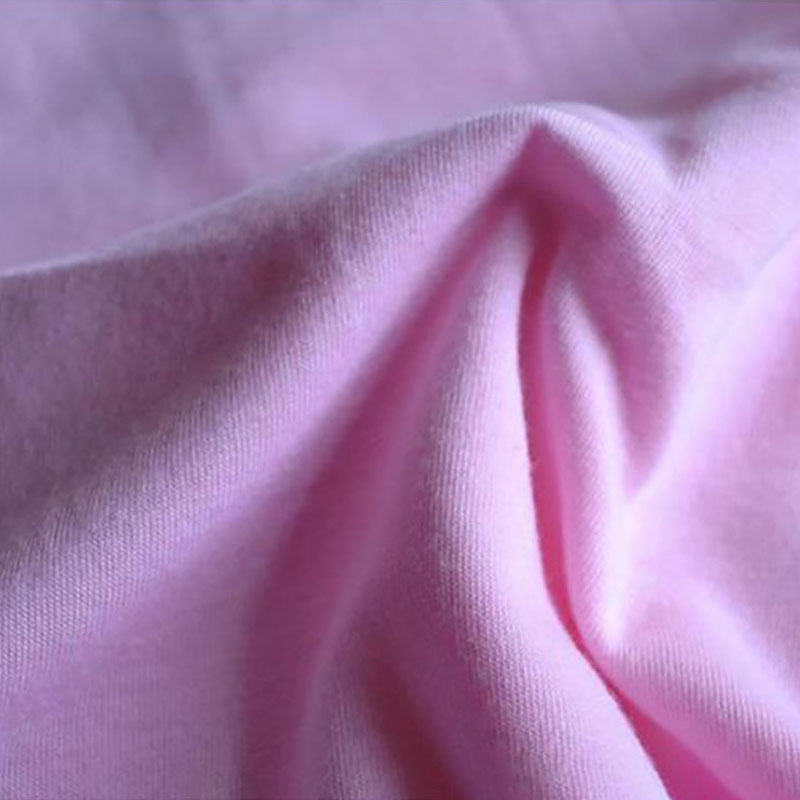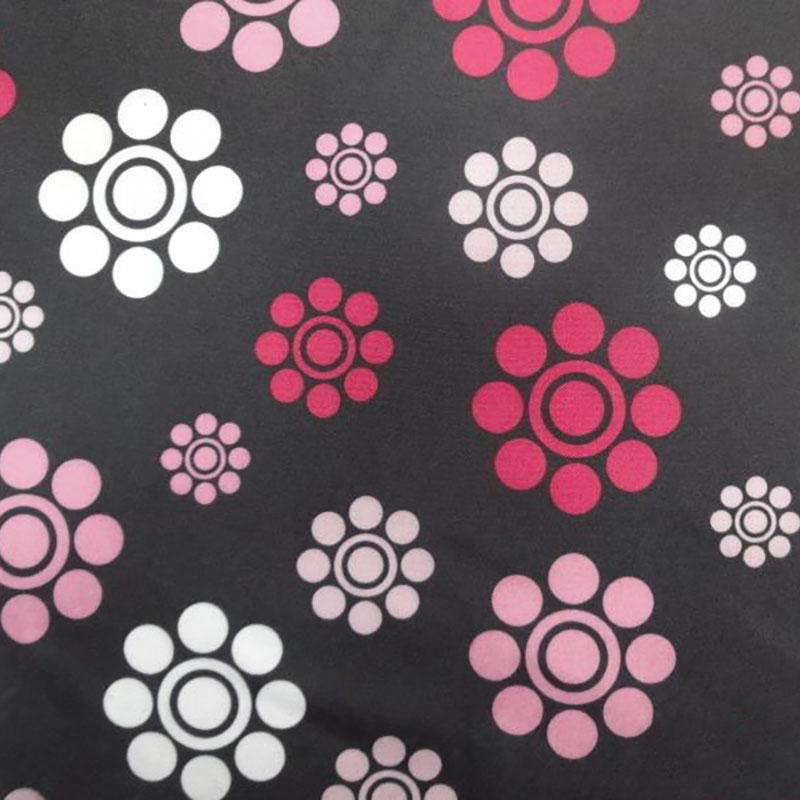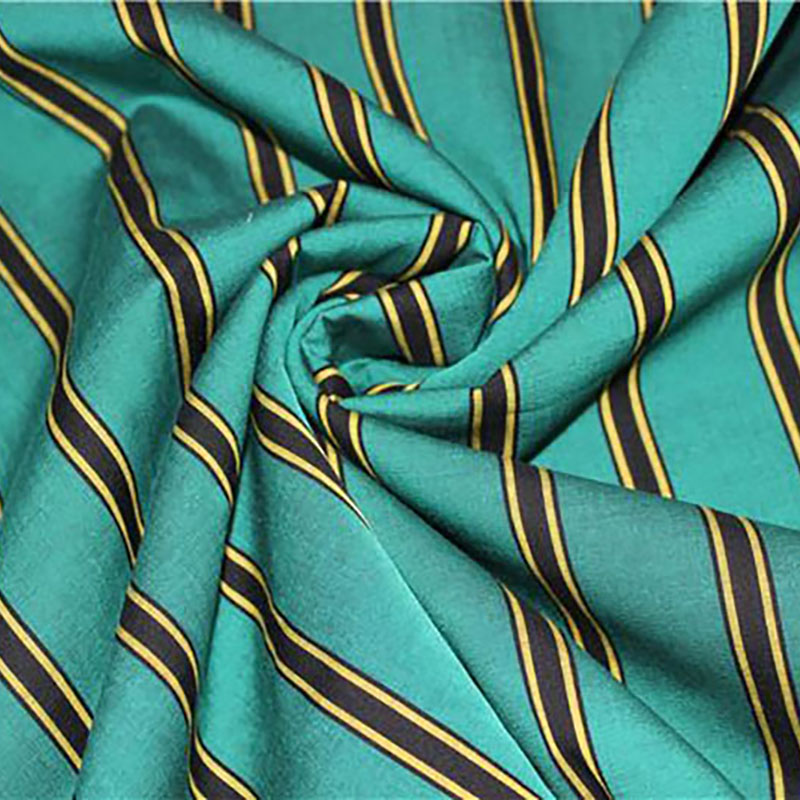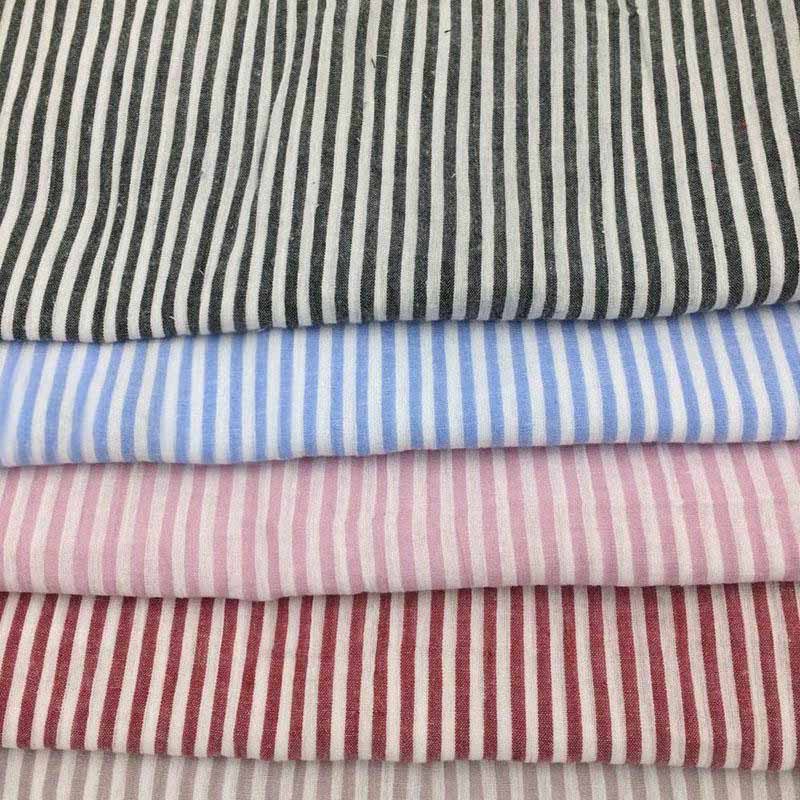When it comes to selecting printed fabrics, the quality can significantly affect the end product's durability, appearance, and overall value. High-quality fabrics ensure longevity and can enhance the aesthetic of any textile product. Understanding the key differences between high and low-quality printed fabrics is crucial for making informed purchasing decisions.

The dyeing process plays a significant role in determining the quality of printed fabrics. High-quality fabrics typically use methods such as reactive dyeing, which ensures vibrant colors that are long-lasting. In contrast, low-quality fabrics may utilize direct dyeing methods, resulting in dull colors that quickly fade. Understanding these techniques can guide buyers in selecting superior products.

Several factors affect the quality of printed fabrics, including the type of base material, the printing method, and the finishing processes. Fabrics made from natural fibers, such as cotton or linen, tend to have better quality than those made from synthetic fibers. Moreover, methods like screen printing and digital printing generally yield better results than others, making it essential to consider these aspects when assessing fabric quality.

To assess fabric quality, consider the following tips: Evaluate the texture – high-quality fabrics feel smooth and consistent. Check for color consistency and vibrancy. Also, examine the prints for sharp details and minimal bleeding. Conduct stretch tests to see how the fabric returns to its original shape after stretching. Implementing these evaluations can help ensure you choose high-quality printed fabrics that meet your needs.

In conclusion, differentiating between high-quality and low-quality printed fabrics involves understanding dyeing techniques, recognizing influential factors, and implementing robust quality assessment methods. By enhancing knowledge in these areas, buyers can make informed decisions that lead to better product outcomes in the textile industry.
